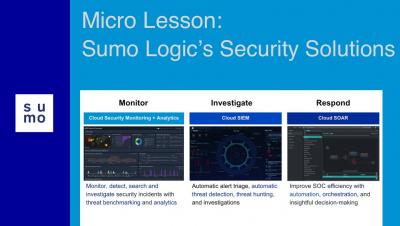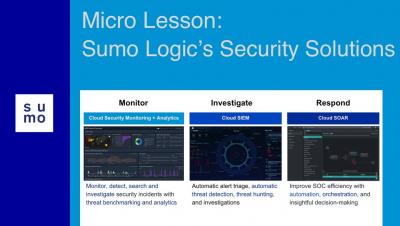Geeks + Gurus - Adopting DevSecOps
When your team has to go from requirements to production in a day — and do it safely and securely — DevSecOps is the path that gets you there. Join our LinkedIn Live to hear Sumo experts Colin Fallwell and Chas Clawson discuss the adoption of DevSecOps at every phase of the SDLC.











